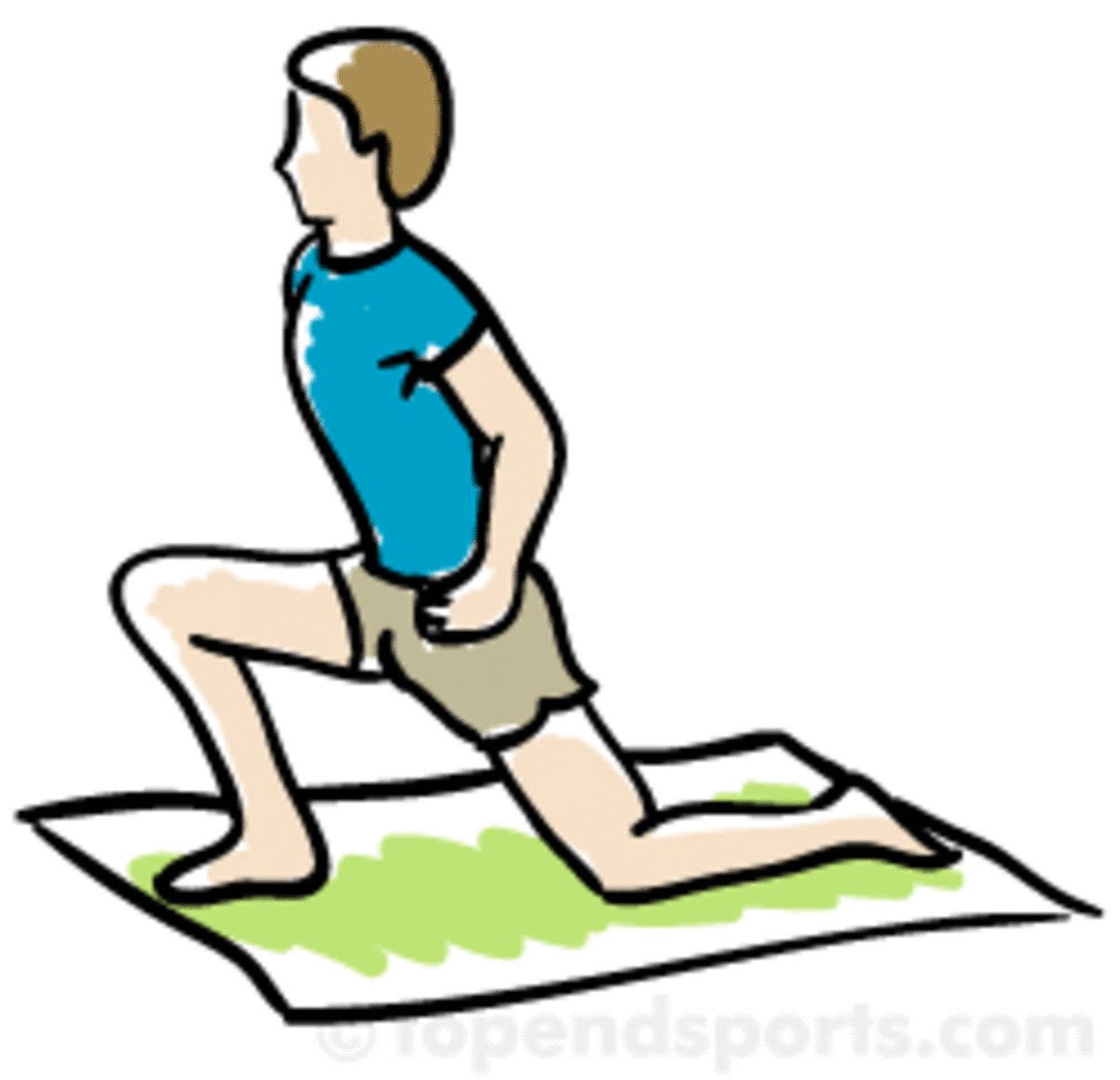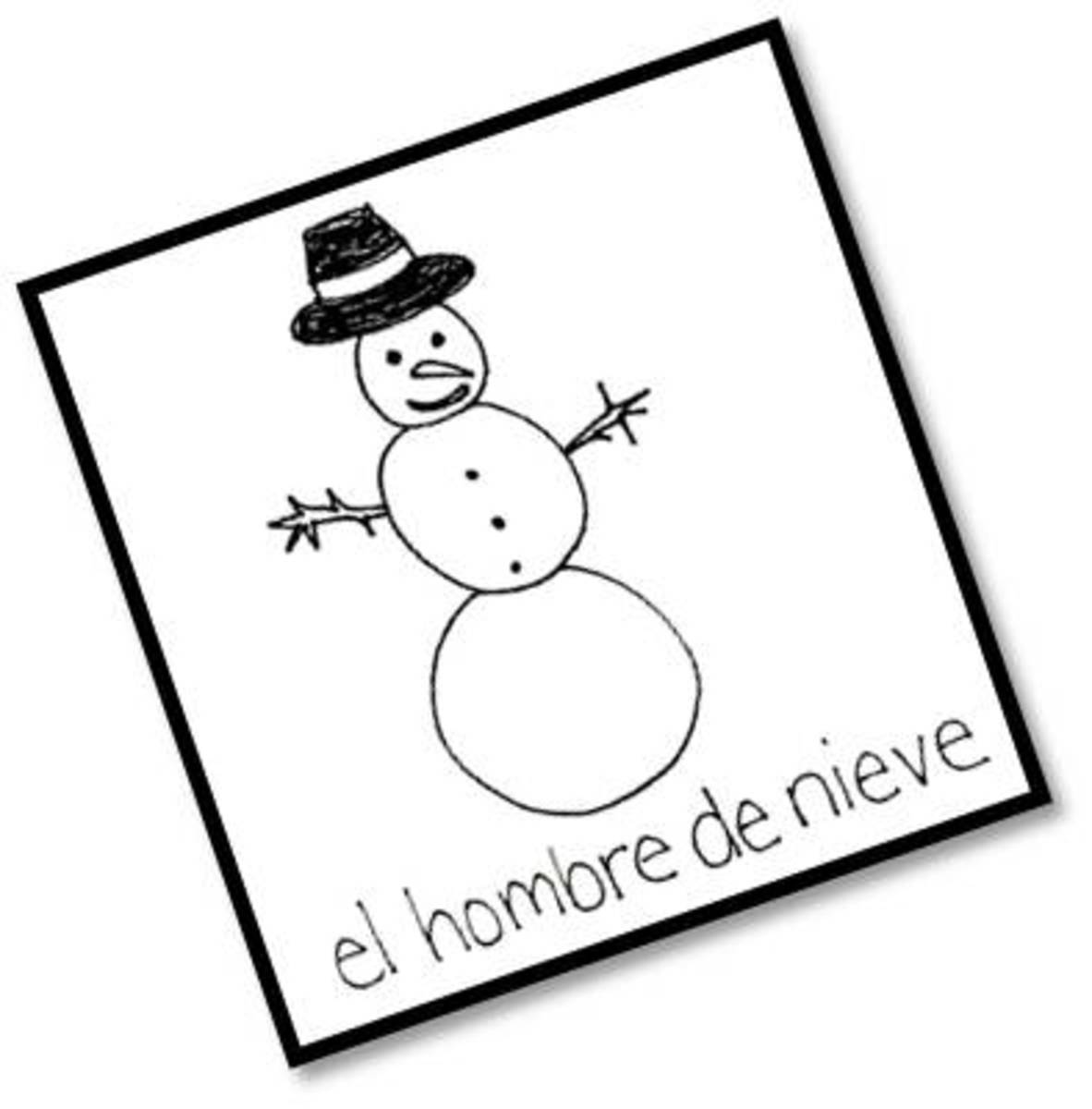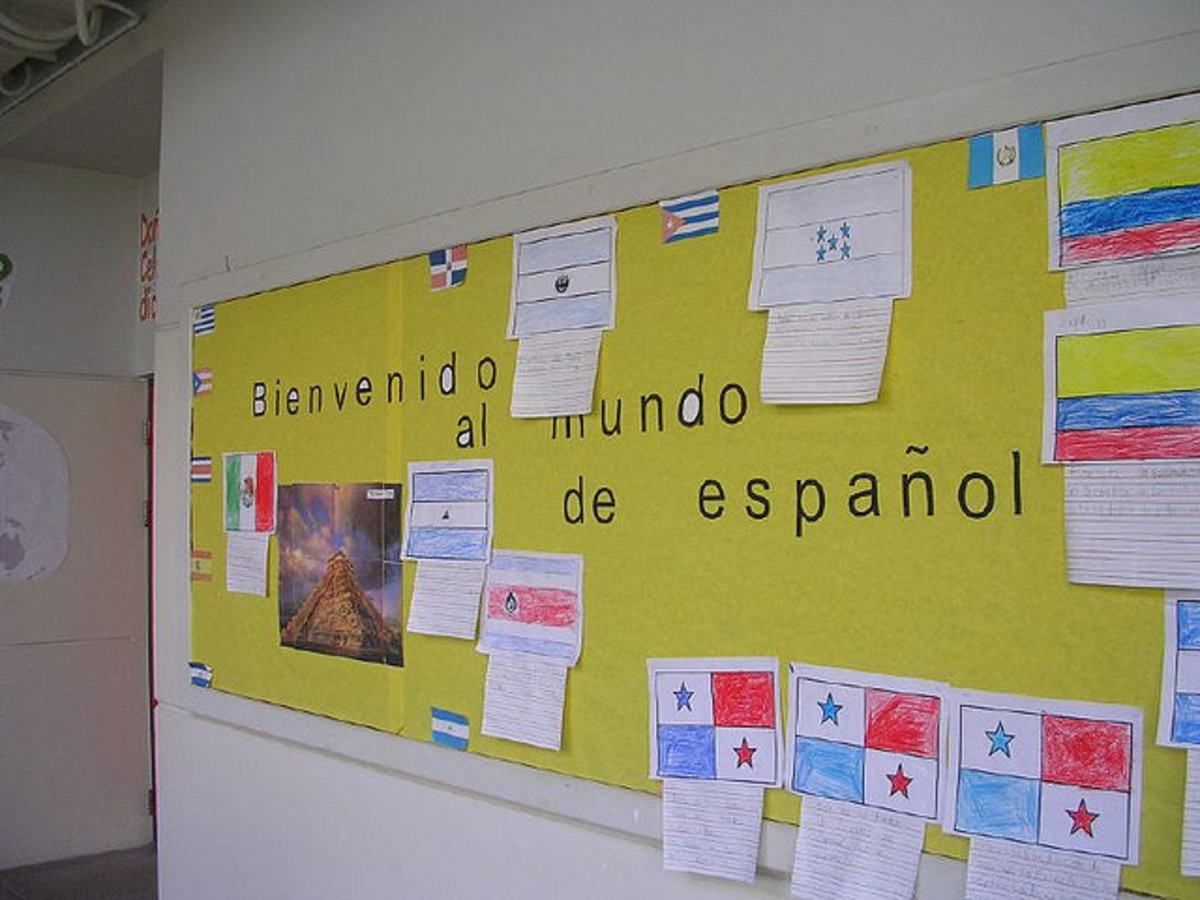Spanish Lesson Eighteen: Direct Object Pronouns

I hope you're excited for this week's lesson. :). I hope everyone has enjoyed their week and that it was awesome. My birthday is tomorrow!! I'm so excited. I've spent this weekend celebrating. This week we're on Lesson Eighteen. Remember, these lessons are designed for you to be able to go at your own pace and learn Spanish "A Little At A Time". You can learn as fast or slow as you'd like without feeling like a dufus or pressured to show off. For those of you stumbling upon this for the first time, welcome. For those of you returning, Welcome back. I recommend that everyone go back to previous lessons and review them occasionally to help the information penetrate successfully. The link to those lessons is provided below, after the explanation of this week's lesson
Last week we discussed Saying What You Are Doing. If you'd like to review that lesson before going on click--->here. In today's lesson we will be discussing Direct Object Pronouns. If you don't remember what a "Direct Object" is, I'll explain as we go.

Today's Vocabulary
Today's vocabulary will consist of a hodgepodge of words that may or not be useful to you in this lesson. Today's lesson will focus on Direct Object Pronouns. If you don't remember what a direct object is in English, I'll tell you. The direct object of a sentence comes after the verb and is an object that the subject is taking action upon. I bought a sandwich<--- "Sandwich" would be considered the Direct Object of that sentence. Now Direct Object Pronouns are a bit different, I'll explain those in today's lesson.
Verbs
To Agree (Upon): Acordar
To Be Accustomed: Acostumbrar
To Cut/To Slash/To Cut Open: Acuchillar
To Attend: Acudir
To Accuse: Acusar
To Advance: Adelantar
To Foretell/To Guess: Adivinar
To Admire: Admirar
To Admit: Admitir
To Adopt: Adoptar
To Adore: Adorar
To Acquire: Adquirir
To Advise: Advertir
To Grasp/To Seize: Agarrar
Nouns
Song: La Canción
Music: La Música
Interview: La Entrevista
Park: El Parque
Truth: La Verdad
Bag: La Bolsa
Message: El Mensaje
Adjectives
Ugly: Feo(a)
Beautiful: Bonito(a)
Fine (as in art or food): Bello(a)
Tasty: Sabroso(a)
Unforgettable: Inolvidable

Warm-Up
Today's Warm-Up is important. Take a look at that the chart below that consists of the Direct Object Pronouns used in this lesson. It's really easy to read and will make even more sense once we get into the lesson.
Also consider other ways to incorporate Spanish into your daily lives. Take a moment to review some previous lessons or read up on some articles. The Spanish language is a living language, so it's not going anywhere anytime soon. If you need any help, shoot me an email. I'll be happy to help you.
English Pronoun
| Spanish Equiv
|
|---|---|
Me
| Me
|
You
| Te
|
Him/Her/It/You (Formal)
| Lo or La
|
Us
| Nos
|
Them/They (Formal)
| Los or Las
|
Using Direct Object Pronouns
Now that you know what Direct Objects are you can get a pretty good idea of what Direct Object Pronouns are. They are basically those words that have action being done upon them. These words are pretty easy to understand. All it is is simplifying what you're saying. Instead of saying. Tengo los libros. You can say, Los Tengo meaning "I have them". It's basically another way of using pronouns in Spanish. Check out the chart above and remember what they represent. Here take a look at the following sentences.
Aubrey: Tienes libros? Do you have the books?
Linda: Los tengo. I have them.
Do you get it? Instead of Linda saying she has the books, she just said she has "them". Pretty simple right? The Direct object pronoun has several pretty simple rules that are to be applied. Like these...
- The Direct Object Pronoun ALWAYS comes before the verb.
- The Direct Object Pronoun MUST consider gender.
- The Direct Object Pronoun MUST consider whether object is singular or plural.
Other Examples:
Aubrey: Dices Amelia? Did you tell Amelia?
Linda: Sí, la digo. Yes, I tell her.
Aubrey: Manuel me dice. Manuel tells me.
Linda: Manuel no me dice. Manuel didn't tell me. Adding no before the Direct Object Pronoun and the verb indicates the negative. Remember the placement. Also remember you can make statements as well. You can simplify.
La profesora nos dice. The teacher tells us
La profesora me dice. The teacher tells me.
*When using two verbs. The Direct Object Pronoun is placed BEFORE the conjugated verb. Remember two conjugated verbs cannot exist back to back.
Los queremos comprar. We want to buy them

Homework
Your homework for today is to view a video based off of Lesson Sixteen. Take a look at it! This video is a bit long, but it's pretty extensive. Senorbelles is my favorite Spanish teacher online and he has a great deal of clarity when discussing a certain topic. Listen closely to his tips.
Also in the coming lessons we'll be discussing a great deal more about grammar and visiting other themed topics in Spanish. Stick around for that. :) Here are some lessons that will be coming soon:
- What Should You Do?
- What Do You Want To Be When You Grow Up?
- What Do You Like And Dislike?
- What Kind of Person Are You?
Next week we will be discussing Indirect Object Pronouns in Spanish. This one will be a little hard, keep that in mind.
Additional Note: In Lesson Twenty, we will begin learning about speaking in the past. Yes it took twenty lessons to get here, but it was well worth the wait. Come out for that. Also your second quiz will be posted simultaneously, so come and refresh yourself with it. It's open note. :)
Links Used As References
- The Direct Object
Grammar Bytes! Grammar Instruction with Attitude. Includes detailed terms, interactive exercises, handouts, and more! - Direct Object Pronouns in Spanish
- Direct Object Pronouns
Spanish grammar discussion: direct object pronouns.








